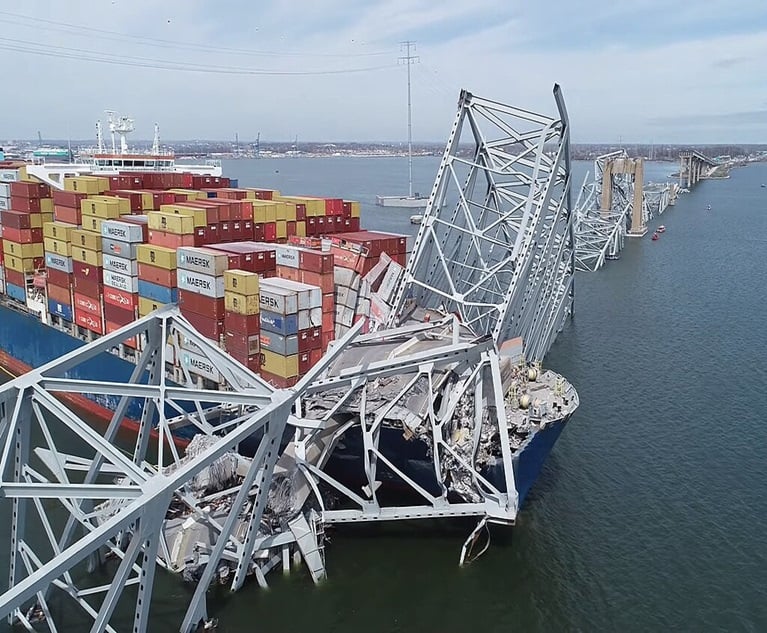Editor's note: This story contains images that some readers might find to be graphic in nature.
Forensic or bio-restoration isn't usually a topic addressed in polite circles. You probably won't see it advertised on billboards, social media or the local television station, and yet it is an important service that means someone is having a very bad day.
Crime and trauma scene events; unattended deaths; hoarding claims; infectious disease sites; bio-terrorism scenes; those involving tear gas, CS gas or irritants; drug labs and illegal growing operations; and incidents involving decontamination from animals and fecal matter will require some sort of forensic restoration.
Want to continue reading?
Become a Free PropertyCasualty360 Digital Reader
Your access to unlimited PropertyCasualty360 content isn’t changing.
Once you are an ALM digital member, you’ll receive:
- All PropertyCasualty360.com news coverage, best practices, and in-depth analysis.
- Educational webcasts, resources from industry leaders, and informative newsletters.
- Other award-winning websites including BenefitsPRO.com and ThinkAdvisor.com.
Already have an account? Sign In
© 2024 ALM Global, LLC, All Rights Reserved. Request academic re-use from www.copyright.com. All other uses, submit a request to [email protected]. For more information visit Asset & Logo Licensing.








